A New Nuclear Plan for France? Understanding current events in the light of history
Michaël Mangeon, Université Paris Nanterre – Université Paris Lumières and Mathias Roger, IMT Atlantique – Institut Mines-Télécom
On February 10, 2022, a few weeks before the first round of the French presidential elections, Emmanuel Macron announced the launch of an ambitious program to build nuclear reactors. Other candidates (Marine Le Pen, Éric Zemmour, Valérie Pécresse and Fabien Roussel) also made nuclear power a key component of their energy programs.
Although this situation is clearly reminiscent of the “Messmer Plan”– which launched the construction of France’s nuclear power plants in 1974 –just how similar are the two situations?
Two periods, two energy crises, different contexts
As in the mid-70s, France is currently experiencing a major energy crisis in a very tense geopolitical context. The 1973 oil crisis, linked to the Yom Kippur War and the oil embargo by the Organization of the Petroleum Exporting Countries (OPEC), signaled the end of the ‘Trente Glorieuses’, the 30-year period of post-war growth in France, during which civilian nuclear power accounted for just a small share of the country’s energy mix.
Although we are also experiencing an energy crisis today, amplified by the war in Ukraine, the situation is quite different. With weak economic growth, France, now the world’s most nuclear-reliant country, is pondering its energy future.
Finally, the case for nuclear power has changed. While the fight against climate change has gradually taken precedence over national independence, the geopolitical tensions that have arisen from the war in Ukraine and the energy crisis have suddenly brought this second argument to the fore.
Before the Messmer plan, 20 years of industrial development
From an industrial perspective, in 1974, the CEA (French Atomic Energy Commission) and EDF, the national electricity company, had twenty years of experience in building reactors. These organizations designed, produced and operated Uranium Natural Graphite Gas (UNGG) reactors for both civilian and military uses. CEA and EDF engineers then faced many challenges in developing an economically competitive reactor.
Despite major efforts to streamline and optimize the technology, the Franco-German project for an UNGG power plant in Fessenheim, which was to be built in 1965, was postponed several times before being abandoned in 1969. At the same time, other reactors using the same technology were subject to numerous incidents, including a nuclear accident at the Saint-Laurent-des-Eaux plant in 1969.
That same year, French technology was abandoned in favor of American pressurized water reactors (PRW), only one of which has continued to operate, in the Ardennes, since 1967.
The Messmer plan imposed a pace of construction that reached the maximum capacity of French industry, building on the experience of the UNGG program and the launch of two PWRs in Fessenheim and Bugey. EDF then trained the operating personnel at its nuclear power plants in large numbers. In many cases, they already had experience working at thermal or UNGG power plants. The nuclear sector, which was then on the rise, also recruited many young engineers to support the design and construction of dozens of reactors.
The current quest to revive a struggling nuclear power industry
Twenty years after the commissioning of the last power plant (Civaux en 2002), the country’s industrial structure has gradually declined. Studies investigating problems with the EPR unit at the Flamanville site highlighted the loss of industrial skills in welding, engineering and governance of the project.
Other studies have revealed unlearning mechanisms linked to a long period devoid of projects and the extensive generational renewal of engineering teams. EDF’s acquisition of Framatome in 2018 and, more recently, of General Electric’s nuclear activities, reveal a desire to gain centralized control over the industry’s production tools in order to restore its former success.
Since Emmanuel Macron’s announcement in February 2022, many articles have highlighted EDF’s need for staff. The electric company has launched a recruitment and communication campaign aimed at reviving interest in the nuclear sector.
In the 1970s, opposition linked to the sites chosen for nuclear power plants
The development of the Messmer plan wasn’t all smooth sailing. In fact, the nuclear program met with widespread opposition.
During the presidential election of 1974, resistance to civilian nuclear power was marginal. Yet French society was divided and a strong coordinated opposition began to emerge linked to the sites for the power plants.
Opponents organized large-scale demonstrations bringing together tens of thousands of protestors. Some ended in violence, like one in Creys-Malville (where a protester died in 1977)), with attacks even occurring at construction sites, as was the case in Fessenheim, and at the home of the CEO of EDF.
Prior to the Chernobyl nuclear disaster in 1986, the nuclear risk issue was present in the opposition movements but was by no means the only grievance expressed. There was a particular emphasis on fighting a State that imposed its choices on citizens and the land.
In the end, this opposition did not prevent the implementation of the Messmer plan, although it did stop plans for certain sites (such as Plogoff and Le Pellerin).
The sites were chosen strategically: new plants were built quickly, sometimes where nuclear facilities already existed, often in rural areas affected by population loss and where municipalities hoped to reap financial benefits.
Today, opposition to the sites under construction would likely be very different, since the future reactors are planned at sites already used for nuclear activities.
“Minor flaws” no longer acceptable
Nuclear safety expertise and inspections have significantly improved since the 1970s, with the creation of the French Nuclear Safety Authority (ASN) in 2006 and a Public Institute for Nuclear Safety (IRSN) in 2002.
At the time of the Messmer Plan, State services, which had close ties with the industrial world, accepted “minor flaws” in reactors (such as corrosion on the tank covers) that are no longer tolerated today, as witnessed at the EPR construction site.
However, in the event of a nuclear power revival, strong political pressure could possibly be used to accelerate the program and push for the return of more flexible regulations. On the other hand, the nuclear risk issue has remained present in public opinion since the Chernobyl and Fukushima disasters, which could have a major impact on a new reactor construction program.
Although this historical perspective offers relevant insight, there will be no “Messmer 2” plan. France is writing a new civilian nuclear power chapter and the outcome is as yet unknown.
Michaël Mangeon, associate researcher at EVS-RIVES ENTPE, temporary lecturer at Paris Nanterre, consultant at Université Paris Nanterre – Université Paris Lumières and Mathias Roger, researcher in History and Sociology of Science and Technology, IMT Atlantique – Institut Mines-Télécom
This article has been republished from The Conversation under a Creative Commons license. Read the original article (in French).

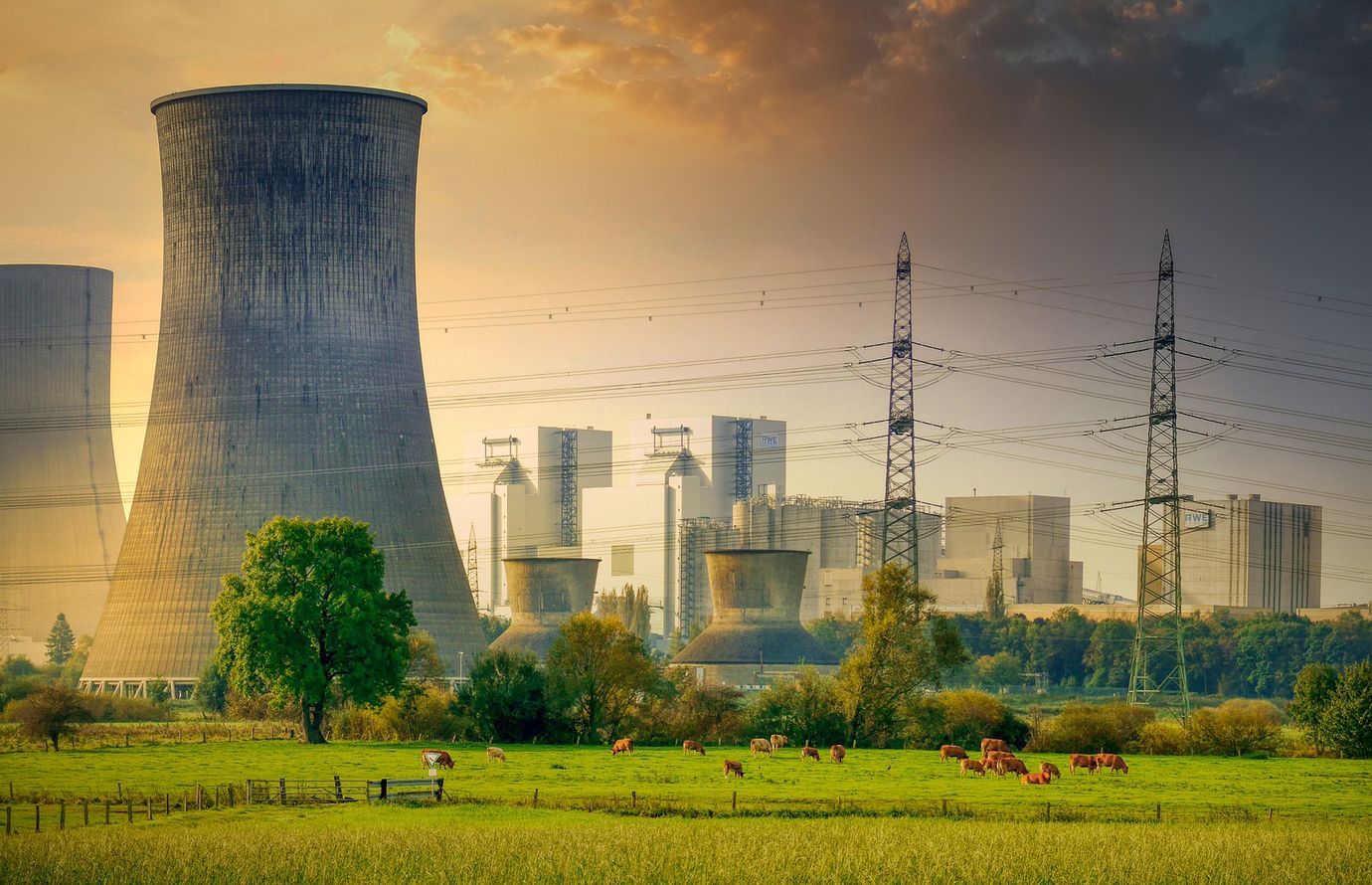

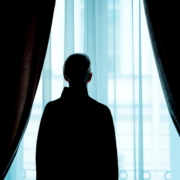
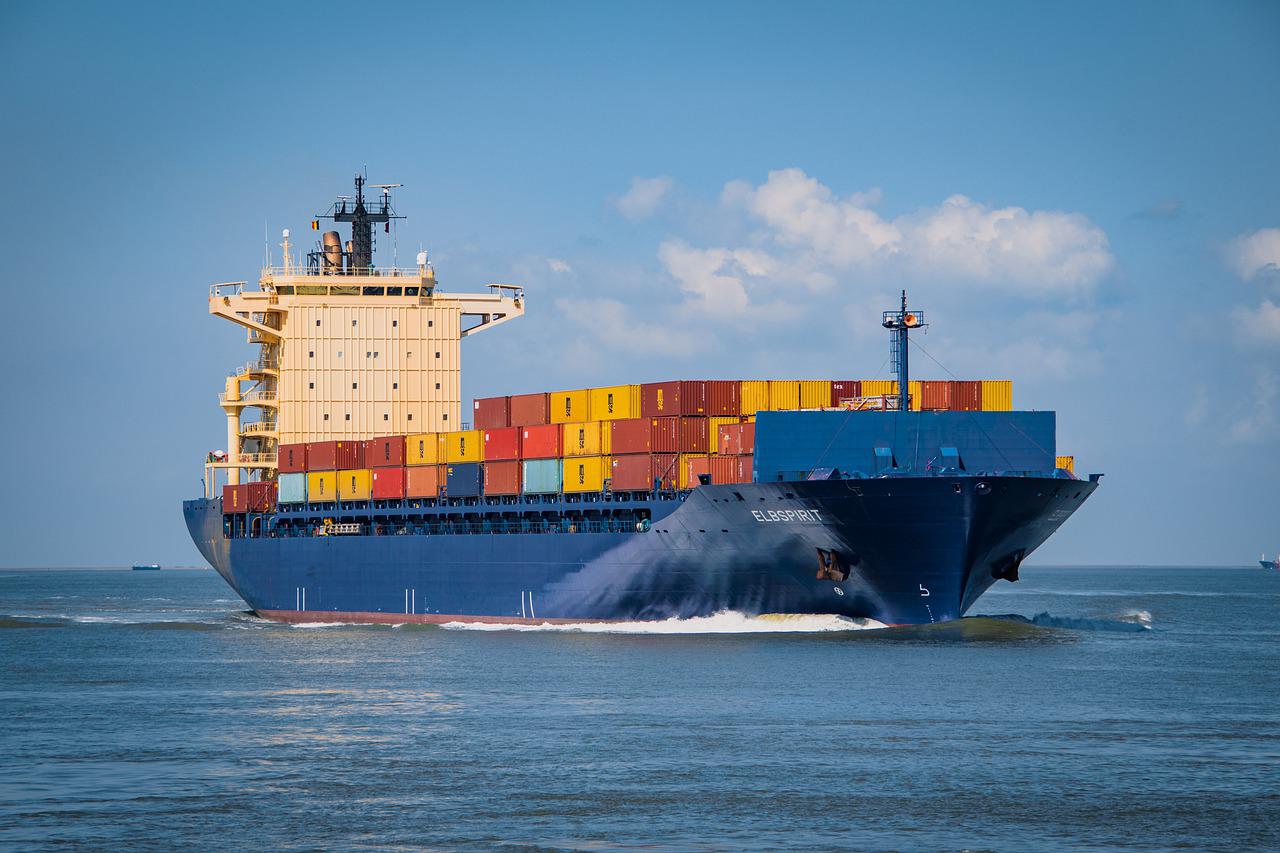



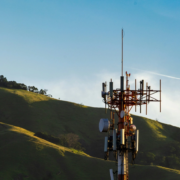
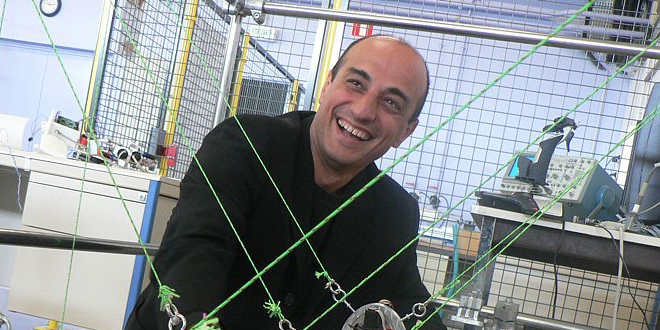



Leave a Reply
Want to join the discussion?Feel free to contribute!